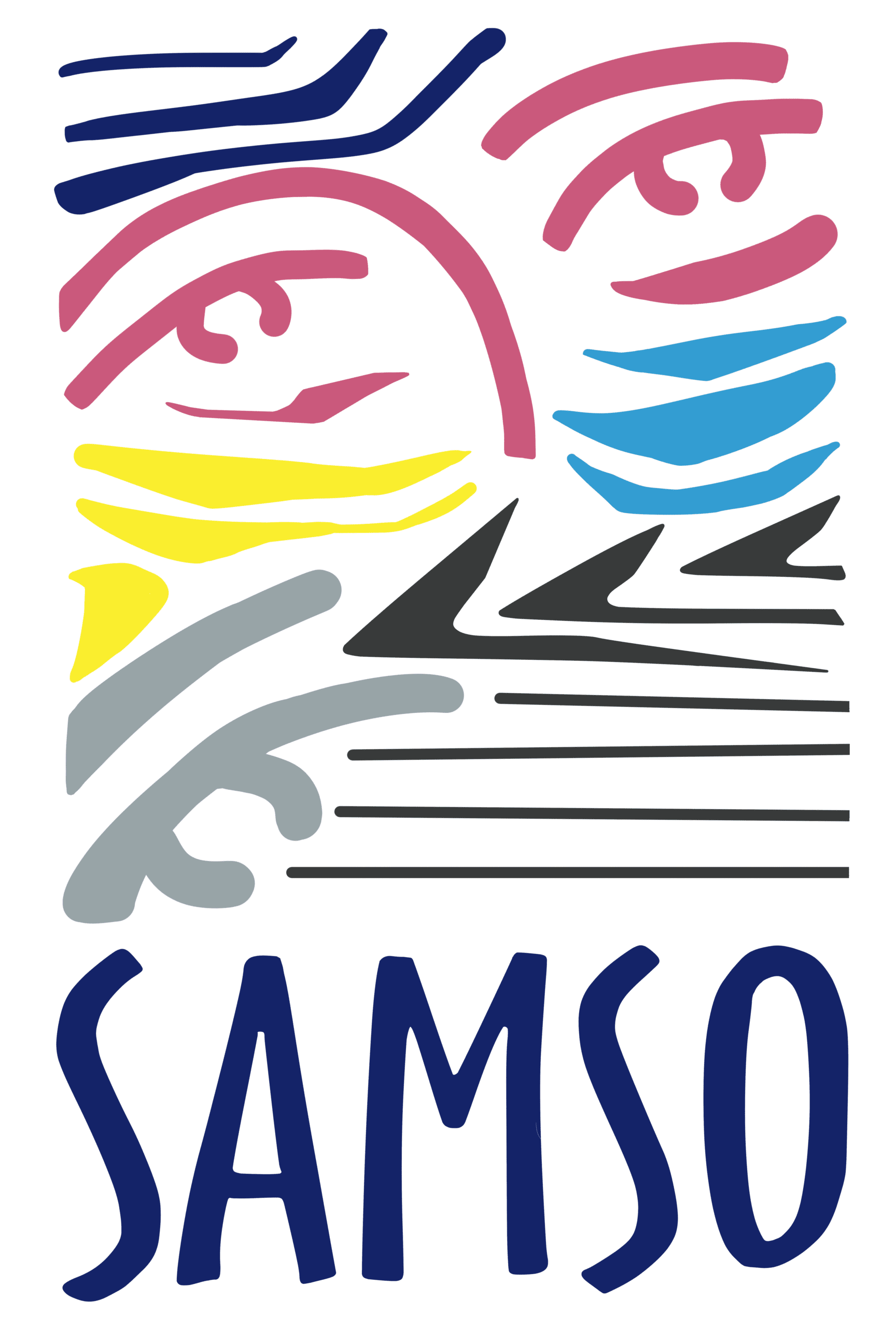Constructing authenticity: the myth of the ‘real Africa’
“The project is a series that presents individuals from two different perspectives, demonstrating how an image can be carefully constructed to suggest very different things about a person.” — Duncan McNicholl, Engineers Without Borders Canada worker and creator of ‘Perspectives of Poverty’ project
Documentary photography promises truth. It doesn’t deliver it.
Behind every photograph claiming to show the “real Africa” lies careful construction. Transparency is fundamentally an illusion. The camera’s power comes not from objective recording but from creating narratives that feel authentic to viewers.
I’ve spent years examining how these “authentic” images get made. What I’ve discovered challenges everything we think we know about documentary truth.
The illusion of transparency in documentary images
Documentary photography emerged to fix reality into two-dimensional space. But it quickly became a tool of dominant ideology with its own visual codes determining how images get received and interpreted.
These images shape meaning long before you see them. Context matters more than content – where an image appears, how it’s distributed, who publishes it. The same photograph carries different meanings in an NGO campaign versus a news article versus a personal album.
Images get altered before light even enters the camera:
- Camera types, lenses, and sensors affect what gets captured
- Framing choices exclude more than they include
- Development techniques and post-processing decisions shape the final result
- Presentation mediums and viewing environments influence interpretation
This malleability undermines photography’s claims to authenticity. Photographers like Brassaï were staging and doctoring documentary images back in the 1930s – long before digital manipulation existed.
The photographic form itself creates what critics call “strange phenomenological manifestations.” The familiar becomes unfamiliar through technical processes. Reality gets reconstructed, not recorded.
How ‘truth’ is manufactured through visual cues
The construction of an “authentic Africa” relies on specific visual signals that tell Western audiences “this is African.” Traditional documentarians ascribe authenticity primarily to “images of the poor and the dispossessed; people whose lives had about them an air of being simple, real and untrammelled by the overt complexity of middle-class existence.”
This manufactured authenticity creates persistent myths:
- The myth of lack of progress – portraying Africa as backwards with no contribution to development or technology
- The myth of timeless present – suggesting Africa sees no progress while other nations evolve
- The myth of primitive continent – showcasing certain cultures to emphasise perceived inferiority
- The myth of Africa’s geography – depicting the continent as jungle without modern infrastructure
The “real Africa” presented in poverty photography is actually what philosopher Baudrillard would call “a distorted copy of an original, an enhancement of the everyday.” These images don’t serve truth. They conform to pre-existing Western expectations.
The most consistent images about Africa in Western media revolve around hunger, famine, and starvation. Photographs of malnourished individuals become attached to media reports, reinforcing a singular narrative despite the continent’s diversity across 53 distinct countries.
African photographers and social media users increasingly challenge these stereotypes. Platforms like TikTok and Instagram enable Africans to create content “often focusing on stories that celebrate the normalcy of African lives and contributions, working towards an Africa-optimistic future.”
Cameroonian TikTok creator @charityekezie uses humour to address misconceptions about whether African countries have shoes or basic technology. Her work directly confronts the manufactured authenticity that has dominated African representation.
Walker Evans, the famous American photographer, understood this clearly. Documentary is “a style, a way of depicting the present as if it were already past: a self-conscious reflection on the historical meaning of people, events, and objects.”
Photographs are not “automatic transcribers of the world.” They’re interpretive acts. The sooner we acknowledge this, the sooner we can create more honest visual stories.


Leave a Reply